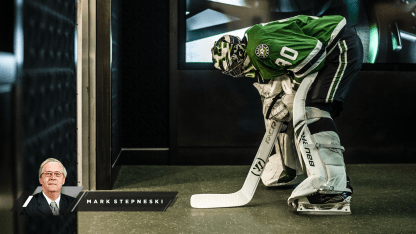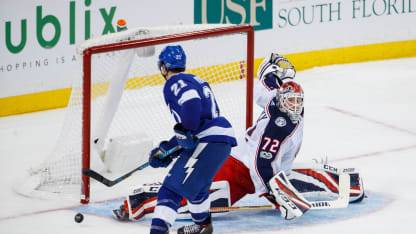Somebody smart once said: "Change is never painful, only the resistance to change is painful." Some NHL goaltenders might disagree. Change has been painful.
The latest round of changes in NHL goaltending equipment has created concerns and some pain, physical pain, for netminders.
"When you are used to having more padding and then they take it away from you, those pucks are hard. They hurt. Guys shoot hard," said Stars goaltender Ben Bishop.
New goalie gear a pain for some NHL netminders: 'It's not fun'
Smaller league equipment regulations this season is causing concern for Stars' Bishop and his peers

DAL@MTL: Bishop makes great save on Tatar

© Scott Audette
LAK@DAL: Bishop flashes the leather to rob Thompson


















